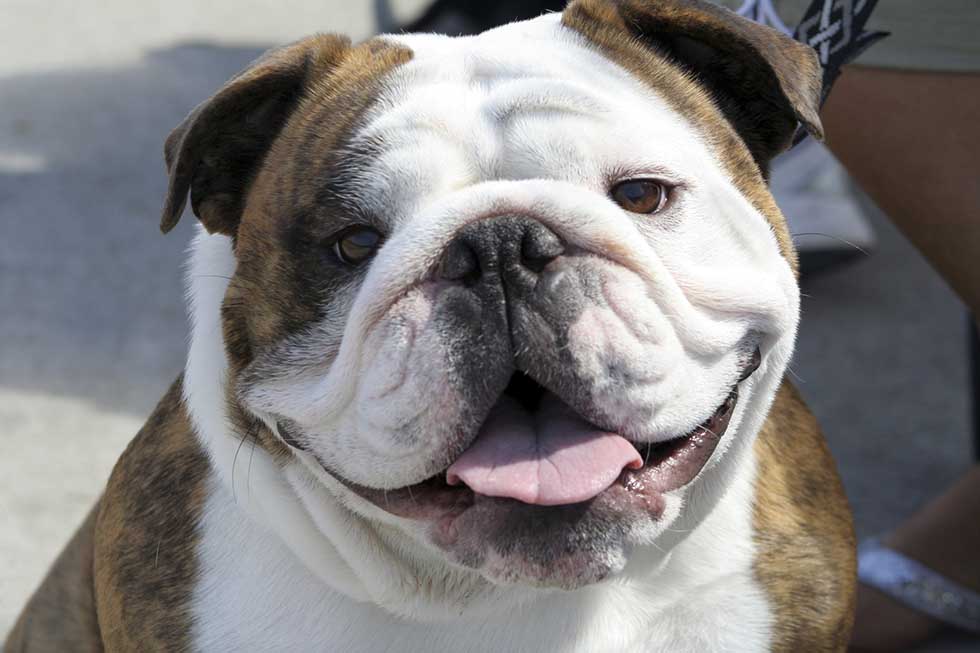By Dr. Estelle Felarise, St. Tammany Humane Society Medical Director & Amanda Matthew, STHS Veterinary Assistant
 Is your pet at risk?
Is your pet at risk?
Yes!!!! With temperatures in the 80s+ outside, your pet is at a high risk for heat stroke, especially without adequate shade and water. Brachycephalic breeds (smushed face) such as Boston Terriers, Pugs, and English Bulldogs are at an even higher risk because of their physical conformation. Because their airways are compressed into a shorter snout, they are unable to cool their body as efficiently as other breeds. Overweight and dogs with pre-existing respiratory issues are also at a higher risk to have heat stroke.
What happens when a pet experiences heat stroke?
Heat stroke happens when there is increased heat production combined with environmental heat and the inability to effectively give off heat. Dogs and cats do not sweat like us. Cats and dogs can only cool their bodies through panting and dispelling heat through their paws. Your pet can get overheated from activity especially when the outside temperature is elevated and they are unable to properly control their internal body temperature. This can result in a condition that is life threatening.
How do I know if my pet is having a heat stroke?
Your pet may show signs such as excessive panting, restless or even seem distressed. They may vomit, have diarrhea, become unsteady on their feet and may even collapse. In severe cases their tongue can turn purple due to inadequate oxygen and some can even have seizures. In severe cases, dogs and cats can die from heat stroke if untreated.
 What do I do if I think my pet is having a heat stroke?
What do I do if I think my pet is having a heat stroke?
Move your pet into a shaded or cooled area. A wet towel can be placed around the pet and the paws moistened with rubbing alcohol or water while in transit to an emergency facility. It is important to not overcool the pet as that can be life threatening as well. Do not attempt to force water down your pet's throat if the pet is not conscious enough to swallow. Heat stroke can affect all body systems and can include organ failure. Simply cooling the pet is not enough; any animal suspected of heat stroke should be evaluated by a veterinarian immediately.
What can I do to prevent my pet from experiencing heat stroke?
Do not leave your dog or cat outside without a cool shady place and plenty of water. Avoid intense exercise in the hottest times of the day. Never leave your pet unattended in a car because the temperature can increase rapidly causing harm to your pet.
